What are the defective beans in the coffee? How to choose coffee beans?
Professional coffee knowledge exchange more coffee bean information please follow the coffee workshop (Wechat official account cafe_style)
We all know that there are defective beans in coffee beans, which may be caused by poor development, improper handling, and problems in baking. In order to get a good cup of coffee, coffee beans are screened, such as Mantenin, which are hand-selected three times when they are exported; raw beans are selected twice when they come to the baker's hands, once raw beans are selected before roasting, and once cooked beans are selected after roasting. Finally, when they come to the barista's hands, the barista will pick the beans again before brewing.

Perhaps some friends will ask, after the coffee is almost the same, how to pick out those defective beans from the ripe beans? Today, the editor will talk to you about the common defective beans in cooked beans.
| | White mu bean |
Also known as immature beans, there are many reasons for not fully maturing, inappropriate harvesting of immature fruits and berries that are too late to ripen at higher elevations.
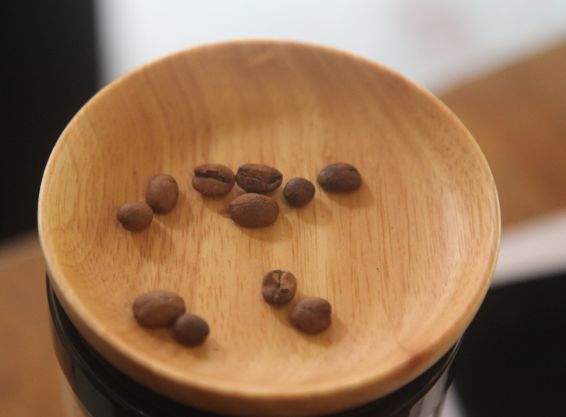
Baimu beans are not easy to find when they are raw, but they become obvious after baking. Because the coffee cherry itself may not be fully ripe, or relative to the normal fruit, insufficient nutrient absorption (insufficient sugar accumulation) results in insufficient transformable substances during baking, so the caramelization and Mena reaction of Baimu beans are worse than those of normal beans. As a result, it is not easy to color, and the white beans in the state of cooked beans will be lighter than other beans.
If mixed with white beans, even if only one or two, it is enough to ruin a cup of coffee. Coffee mixed with white beans will have a very obvious taste of fried melon seeds, straw, and even salty taste.
| | moth-eaten bean |

There are small holes (0.3-1.5 mm in diameter) on the appearance of worms, and because worms usually have holes on both sides, serious wormholes sometimes form several small holes, and like broken beans, because the bean body is damaged, it is easy to oxidize and become infected with mold in the worm-eaten area.
Moth-eaten beans are all produced in the process of planting. The coffee beetle will drill into the coffee beans to lay eggs, and then the eggs will parasitize in the coffee beans and absorb the nutrients of the coffee beans. Wormholes in wormeaten beans usually appear in pairs (in and out). If the coffee is mixed with worm-eaten beans, it will taste sour, rotten, stinging and astringent.
| | Shell bean & broken bean |
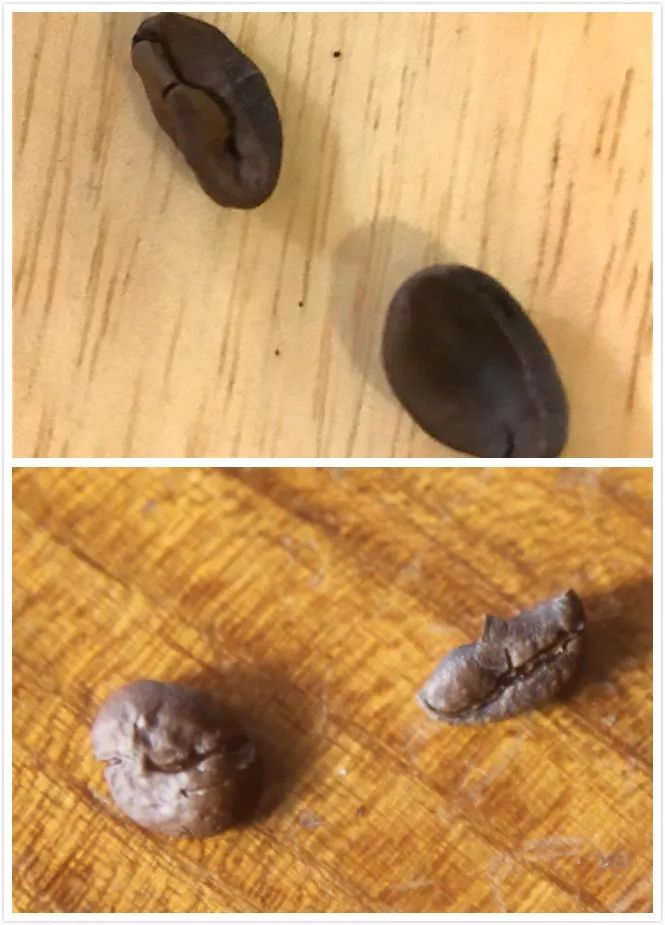
Beans that become shell-shaped because of developmental problems are called "shell beans"; beans that are damaged during treatment or transportation are called "broken beans", both of which can cause uneven baking. This kind of defective beans will cause the coffee to have a thin taste and lack of flavor.
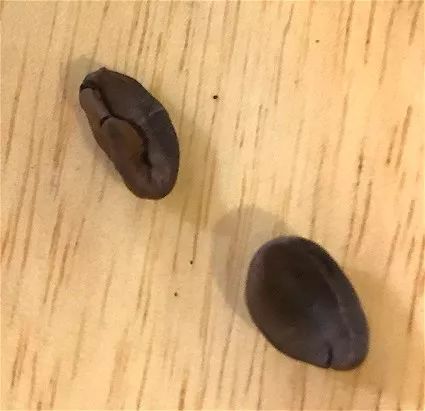
Shell beans have two parts, the outer part is commonly known as "shell" shape, and the inner part is either tapered or cylindrical. Sometimes, the two parts of the shell beans in the raw beans are still closely attached to each other, which is regarded as one shell bean, or two if they have been separated.
Most shell beans are separated into two parts after baking, and the lighter shell on the outside is more likely to be scorched. Due to the low density of shell beans, it is very easy to be scorched or even burned by high temperature during baking.
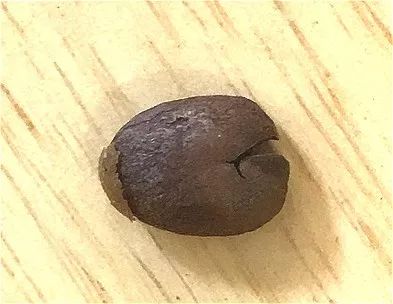
Broken beans of coffee beans have missing corners, is in the removal of pulp or drying process, poor machinery and equipment caused by excessive pressure or friction on curry waste beans, it will taste fermented and smelly.
| | malformed beans |
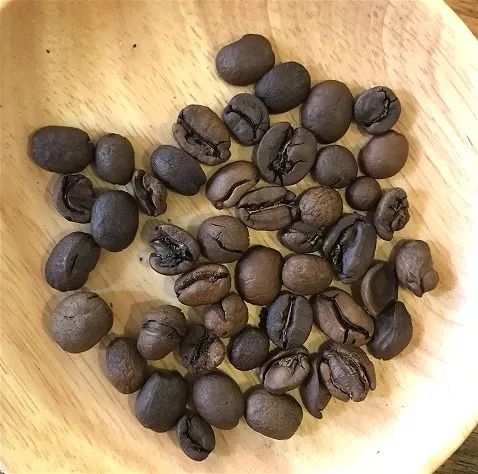
All kinds of grotesque beans, some are irregularly cracked, some are twisted.
| | baked defective beans |
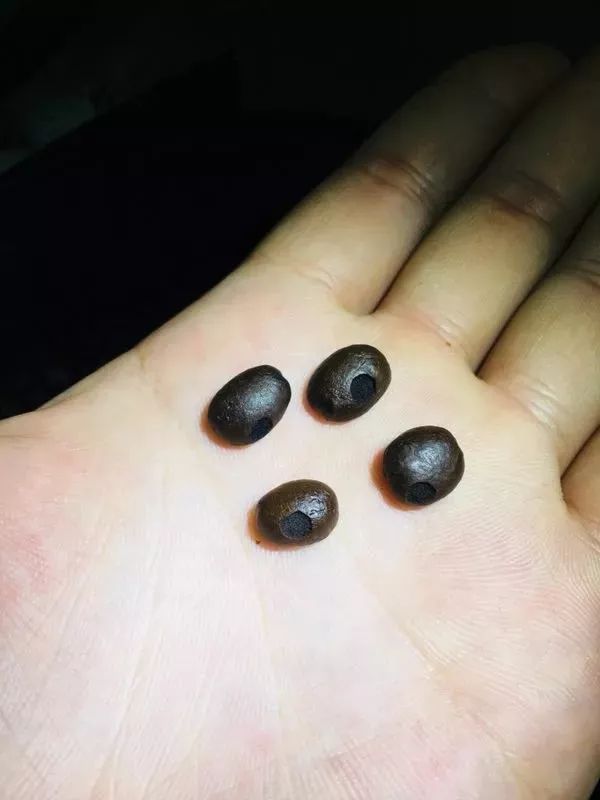
There will be a black crater on the surface of this kind of bean, which is what we usually call a "meteorite crater", which is often found in the beans after the second explosion. This is a baking defect, when baking, the pressure temperature in the pot is not much different from that of the beans, but at the moment of the pot, because the temperature and pressure drop sharply, so the pressure inside the beans begins to rush out of the surface of the beans.
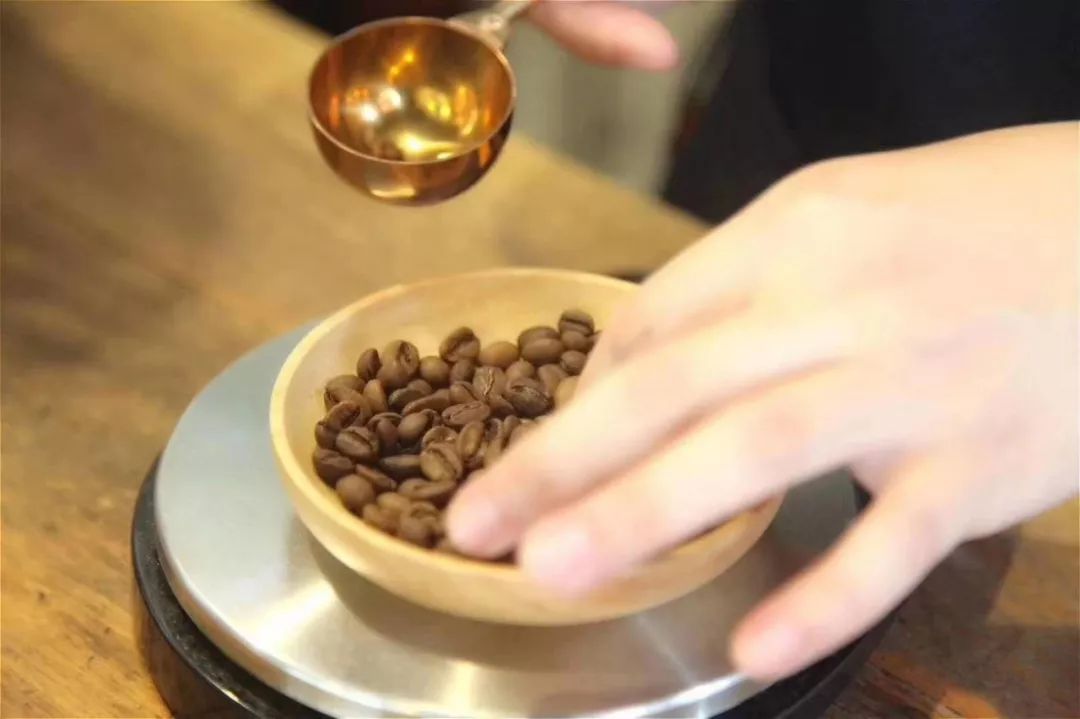
A defective bean can ruin a good cup of coffee, so you can't save the step of picking defective beans. If you still don't know how to tell what a defective bean is, the easiest way is to pick out which bean you don't like.
Important Notice :
前街咖啡 FrontStreet Coffee has moved to new addredd:
FrontStreet Coffee Address: 315,Donghua East Road,GuangZhou
Tel:020 38364473
- Prev
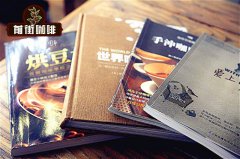
What is the main skill of coffee flower drawing? what do you need to pay attention to?
Professional coffee knowledge exchange more information on coffee beans Please pay attention to the principle of ● coffee jacquard in the coffee workshop (Wechat official account cafe_style) espresso (Espresso) has a thick layer of oil (Crema), which produces enough surface tension to hold up milk bubbles made of tiny bubbles. Through the arrangement of milk bubbles and grease, various patterns can be made.
- Next
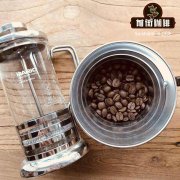
How to make Vietnamese Coffee
Exchange of professional baristas please follow the coffee workshop (Wechat official account cafe_style) Vietnam coffee: Vietnamese coffee, strong flavor, sour taste, smooth and moist taste, mellow slightly bitter, aromatic, refreshing, representative products are moossy coffee (moossy), Central Plains coffee (G7 coffee), Saigon coffee (SAGOCAFE), Highland coffee. Geography of Vietnam
Related
- Beginners will see the "Coffee pull flower" guide!
- What is the difference between ice blog purified milk and ordinary milk coffee?
- Why is the Philippines the largest producer of crops in Liberia?
- For coffee extraction, should the fine powder be retained?
- How does extracted espresso fill pressed powder? How much strength does it take to press the powder?
- How to make jasmine cold extract coffee? Is the jasmine + latte good?
- Will this little toy really make the coffee taste better? How does Lily Drip affect coffee extraction?
- Will the action of slapping the filter cup also affect coffee extraction?
- What's the difference between powder-to-water ratio and powder-to-liquid ratio?
- What is the Ethiopian local species? What does it have to do with Heirloom native species?

